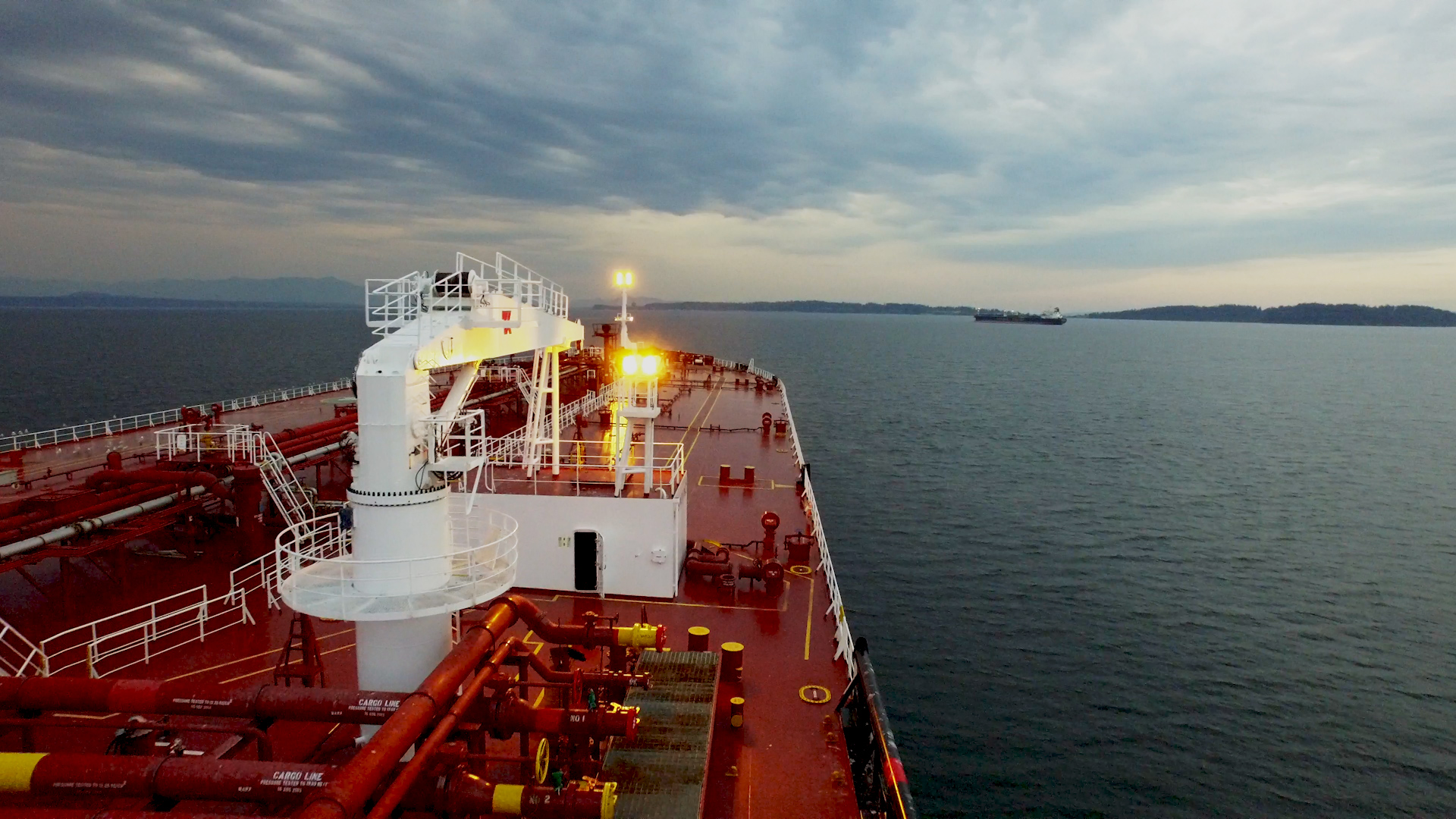7 February 2018
US Oil Production Reaches 10 mb/d
The renaissance in US crude oil production over the past few years has been nothing short of spectacular. To recap, US crude production rose steadily through the course of the 20th century up until 1970, when it peaked at just over 10 mb/d (remember Hubbert peak oil theory?). Production declined thereafter, to a low point of around 5 mb/d by the mid-2000s. At the time, it was widely assumed that production would continue to decline into the future as oilfields matured.
However, this all changed from around 2010 onwards with the advent of the shale oil era. New techniques in hydraulic fracturing (“fracking”) and horizontal drilling unlocked vast quantities of new oil production, and in November of last year US crude production once again hit the 10 mb/d mark. This trend is expected to continue, with the EIA now forecasting US crude production to exceed 11 mb/d by next year.
Shale oil is predominantly light crude which is ill suited for US Gulf refineries that are tooled towards processing heavier grades. This means that some of this shale oil is surplus to domestic requirements, and at the start of 2016 the US lifted its 40-year old ban on crude oil exports in order to move this surplus to international markets. This has resulted in a rapid increase in US crude oil exports from ~0.2 mb/d pre-ban to ~1.5-2.0 mb/d at present. What’s more, this crude is moving further afield, with volumes increasingly moving long-haul to Europe and Asia (see chart above).
This increase in US crude exports is positive for tanker trade volumes, and has also created the need for reverse lightering in the US Gulf. However, a rapid increase in US production lessens the need for other crude supplies, which may cause OPEC to maintain production cuts for longer. In an ideal world, global oil demand growth will be such that there is a need for both increased US exports and more OPEC supply. We can but hope!

